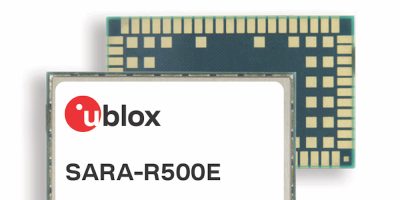Built for smart city and autonomous infrastructure applications where high computing power and low latency can be leveraged for AI vision applications, the Ultron monitors input devices for industrial applications, smart cities and autonomous infrastructures.
The Nvidia Jetson-based AI platform with sensor fusion capability has been developed by SmartCow, an AI engineering company specialising in video analytics, AIoT (AI of things) devices, and smart city systems. It is built for smart city and autonomous infrastructure applications where high computing power and low latency can be leveraged for AI vision applications, such as smart factories, road intersections, and home automation.
The sensor fusion platform is a computer-controlled industrial system that continuously monitors the state of input devices and makes decisions based on a set of rules and inputs through a custom program to control the state of output devices. “The next generation sensor fusion platform is more preferred in industrial applications due to their reliability, flexibility, and robustness,” said Ravi Kiran, CEO of SmartCow. “With Ultron, we intend to change the way the industry develops and deploys automation and autonomous infrastructure in various verticals. The relevant use cases encompass smart factories, industry 5.0, traffic management, smart cities, smart buildings, and agricultural settings. Ultron . . . goes beyond the capabilities of traditional industry-grade devices in delivering AI based PLC solutions,” he said.
Ultron combines a range of industrial functionalities such as machine vision, sensor fusion, AIoT, and robotics, complemented by a control software. Its control software integrates I/O control, computer vision, video analytics, and Nvidia DeepStream, providing the vision and sensor fusion capabilities in the form of function libraries, I/O blocks, and APIs all of which are configurable through a browser-based programming tool.
Ultron also works with SmartCow FleetTrackr, which monitors and records run-time data such as machine productivity or operating temperature, automatically starts and stops processes, generates alarms and alerts if a machine malfunctions.
Ultron will be available to ship in October 2022.







